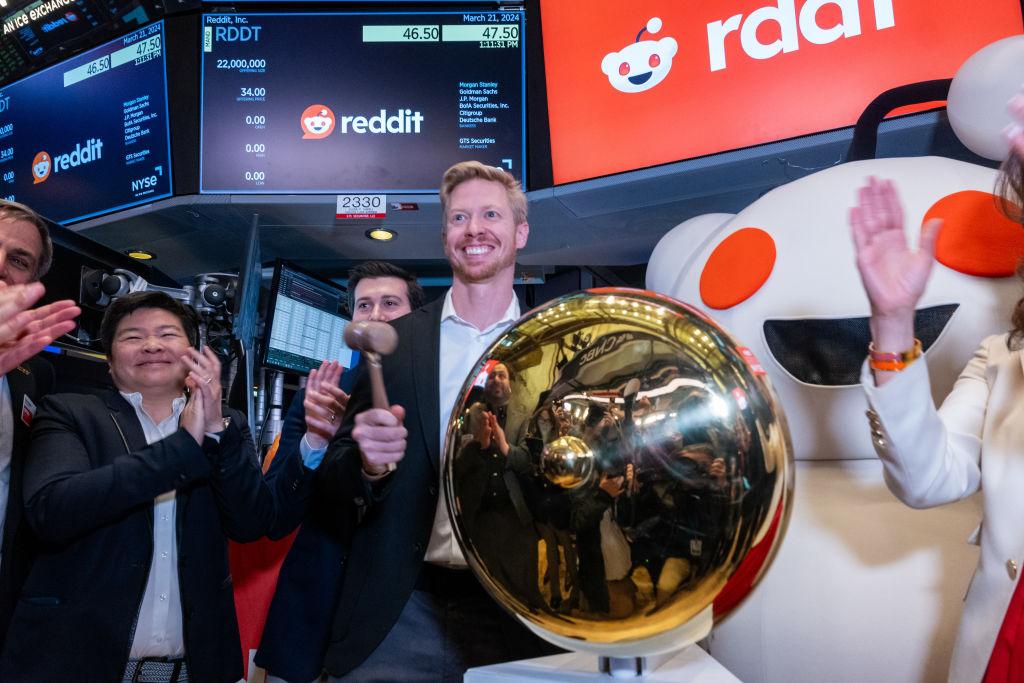Commentary
If you are under the age of 40, you likely are actively engaged in building a family and building a career. You are also actively engaged in building up enough wealth so that when you hit the back nine of your life, you can retire and enjoy it. I am in the back nine of my life, so I understand where the under 40 set is at. However, thanks to technological changes, the sands have shifted a lot since I was in my twenties, thirties, and forties. The rules of the game have also changed.
It’s fairly easy to track the technological changes that affect the ability to create wealth for yourself. In the past 30 years, we have seen technological changes that rivaled the beginning of the Renaissance. If we chart the internet age, it really started with the introduction of the
Netscape browser, which was introduced 28 years ago. Economists say it takes 30 years for a real innovation to be maximized into all areas of the economy, and we are there. The
iPhone was introduced in 2007, ushering in the mobile revolution. Depending on your perspective, the introduction was a line extension of the browser, so mobile was maximized into the economy faster. I think we can safely assume that it hasn’t taken 30 years to drive adoption on mobile devices, especially when many areas of the world are using phones rather computers because they have cell connectivity but no internet connectivity.
The internet revolution created all kinds of opportunities for people to invest in companies on the cutting edge. Microsoft went public at an enterprise valuation of less than $700 million.
If you had invested $5,000 in 1986, it would be worth over $10 million today. Amazon went public 11 years later, in 1997. Its valuation was $438 million. Like Microsoft, if you had invested $5,000 in its IPO, it would be worth over $10 million today. There are plenty of other stories like that, and there are also some flameouts. Investing $5,000 in the
Pets.com IPO, for example, returned zero. But
if you had invested $100 in the S&P 500 Index at the beginning of 1986, you would have about $4,446.92 at the end of 2023, assuming you reinvested all dividends. This is a return on investment of 4,346.92 percent, or 10.78 percent per year.
What has changed today?
Notice the valuations that great companies turned to the public markets for financing. They were all sub-billion-dollar companies. Typically, companies stared to think about going public when they crossed the $100 million valuation.
Then came Enron. At the same time of Enron, the internet bubble burst. Billions of dollars were lost in the market. Instead of sitting on their hands, the political parties in Congress passed Sarbanes-Oxley and other regulations that made it more expensive to go public and increased the costs to being a public company. Not only that, the Internal Revenue Service enforced existing regulations on what an “accredited investor” was.
The result was that instead of going public, companies turned to venture capital funds for continuing funding. The bulk of the general public was frozen out from investing in those growth companies due to the IRS definition on who could invest. That situation is still in place today, and it is even harder for the average person to find a good startup to invest in, assuming they meet the IRS guidelines. Instead of growth companies going public at under $1 billion valuations, they are going public at multiple billions in valuation and there is no “pop” on their IPO. In fact, only suckers buy the IPO because the growth already happened. The private investors, who have access unavailable to average people, tapped all the value.
Recently, there has been an effort to bring companies public under different rules by using what is
called a special purpose acquisition company (SPAC). But if you chart the growth of SPACs that went public, they all lost big money for investors. One of the more famous SPACs was WeWork, and it is practically worthless today. That SPAC didn’t work for average investors, but insiders still made money.
At the same time, we are at a precipice whereby society is going to see more technological change than we have ever seen previously. The advancements in virtually every single industry will be groundbreaking in the next 10 years. Once engineers figure out technologies like
quantum computing, it will grow exponentially. These advancements will fundamentally change our standards of living. This creates outsized opportunities for people—if they can seize it.
As a person building a career, family, and trying to build wealth, the choices for you are difficult. It was difficult for my generation, too, but our choices were similar to the prior generation. Today’s younger people have had several avenues of wealth building taken away from them by artificial government intervention. What should you do?
It’s trite to write, but it all depends on your individual situation.
Let’s assume you are a young married couple and both of you are working. The first thing you should be doing is maximizing any retirement plan your company offers you, and instead of picking stocks, buy an index fund monthly and never sell it. Let it sit and ride the ups and downs of the market. You will make money over time, roughly 10 percent a year.
The second thing you could do is divide and conquer. One spouse could pick a career that gives you some sense of security with a secure income, and the other could pick a career with more risk attached to it. More risk ought to give you a chance to make an outsize return. You don’t have to be a founder of a unicorn startup to make good money. You can join a startup and make good money, too. Plenty of people that worked for Facebook made millions of dollars if they joined the company before it went public.
The next thing a couple should do if they can is locate in a place that will do one of two things, or both. First, settle in a place that creates opportunities for them. People might have a dream of plugging away at remote work in a rural location, but networking there is harder than it would be in an area where a lot of people lived. Currently, traditional networks are breaking apart in places like San Francisco, but they are reforming in other places. Go to a city that is on the rise, not one on the downslide. The second thing you can do is settle in a place that brings you happiness and cuts your cost of living. It might be great to live in New York City, but if the opportunity for you to make a lot of money isn’t there, it’s time to start shopping for another town. This is why you see cities like Nashville, Charlotte, Miami, Dallas, Houston, Austin, San Antonio, and Las Vegas on the rise.
Some cities are paying people to move there.
Last, if you have your bases covered savings and income wise, take some of your money and allocate it to risky investments. These are investments that if they return zero, your lifestyle won’t be affected. They can be angel investments which require a lot of discipline and an entire different skillset, or they might be investments in the public stock market on sectors of the economy that you think will rise. In 1986, if you thought the internet was going to be a big thing, $5,000 turned into something.





